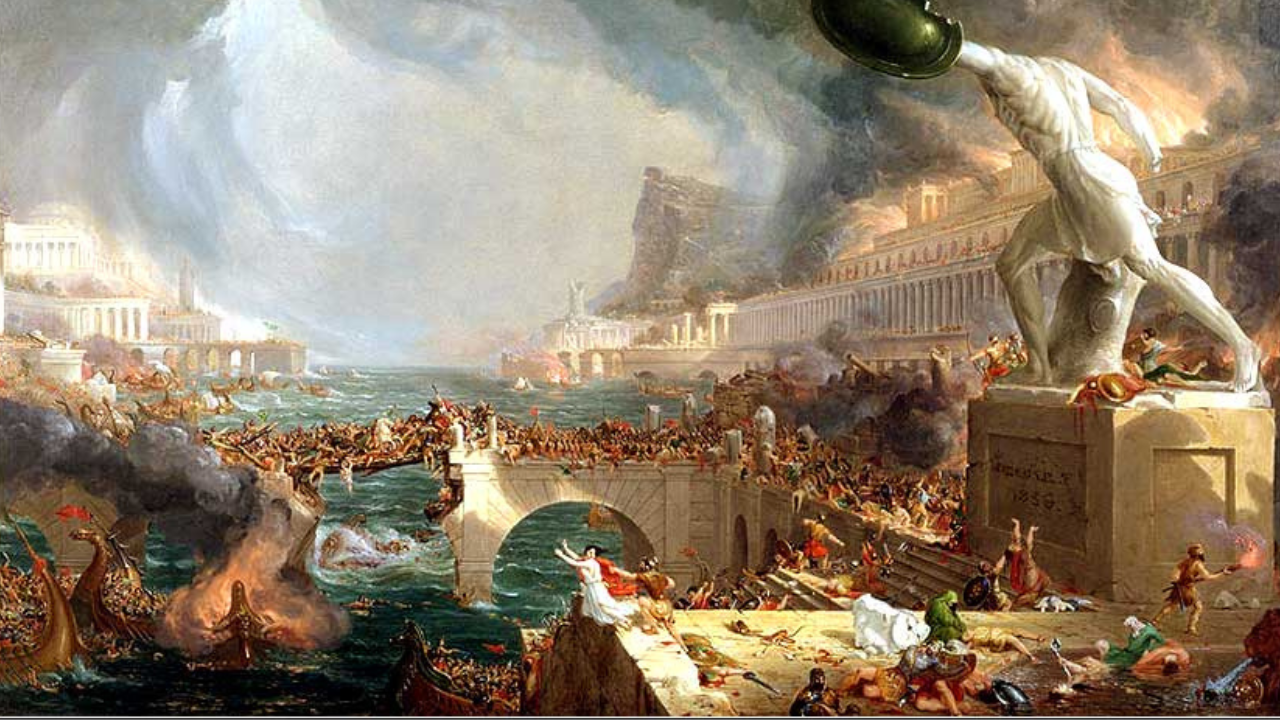Mesopotamia, the “Land Between the Rivers,” was the cradle of civilization, giving birth to some of the world’s earliest and most influential societies.

Located between the Tigris and Euphrates rivers in what is now modern-day Iraq, Mesopotamia was home to a rich tapestry of ancient cultures, including the Sumerians, Babylonians, and Akkadians.
The Sumerians: Pioneers of Civilization
The Sumerians were the first people to establish permanent settlements in Mesopotamia around 4000 BCE. They developed a complex society with advanced agriculture, irrigation systems, and a sophisticated system of writing known as cuneiform. The Sumerians were also responsible for many significant innovations, including the invention of the wheel, the development of mathematics and astronomy, and the construction of monumental temples known as ziggurats.

- Advanced agriculture and irrigation: The Sumerians developed efficient farming techniques and irrigation systems to support their growing population.
- Cuneiform writing: The Sumerians invented cuneiform, one of the earliest known writing systems.
- Monumental architecture: The Sumerians built impressive ziggurats, towering structures that served as temples and administrative centers.
The Akkadians: Unifiers of Mesopotamia
The Akkadians, a Semitic people who migrated to Mesopotamia around 2350 BCE, conquered the Sumerian city-states and established the first empire in the region.
Under the leadership of Sargon of Akkad, the Akkadians united Mesopotamia and expanded their influence into neighboring regions. The Akkadians adopted many aspects of Sumerian culture, including their language, writing system, and religion.

- Conquest of Sumerian city-states: The Akkadians established the first empire in Mesopotamia.
- Adoption of Sumerian culture: The Akkadians adopted many aspects of Sumerian civilization.
- Expansion of influence: The Akkadian Empire extended its reach into neighboring regions.
The Babylonians: Builders of a Great Empire
The Babylonians, another Semitic people, succeeded the Akkadians and established a powerful empire centered in the city of Babylon.

The most famous Babylonian ruler was Hammurabi, who is known for his code of laws, one of the earliest known legal systems. The Babylonians made significant contributions to astronomy, mathematics, and literature, and their empire was renowned for its wealth and prosperity.
- Hammurabi’s Code: A comprehensive legal code that established laws and punishments for various offenses.
- Astronomical observations: The Babylonians made important contributions to the study of astronomy.
- Mathematical advancements: The Babylonians developed a sophisticated system of mathematics, including the base-60 number system.
The Fall of Mesopotamia
Despite their achievements, the Mesopotamian civilizations were ultimately unable to withstand the pressures of invasion, internal strife, and environmental challenges. The region was repeatedly conquered by foreign powers, including the Assyrians, Persians, and Greeks.

The legacy of Mesopotamia, however, lives on through its contributions to civilization, including the development of writing, law, mathematics, and astronomy.
- Repeated invasions: Mesopotamia faced numerous invasions from foreign powers.
- Internal strife: Political instability and civil wars weakened the Mesopotamian civilizations.
- Environmental challenges: The region was susceptible to droughts, floods, and soil salinization.
The ancient civilizations of Mesopotamia played a crucial role in shaping the course of human history. Their innovations and achievements continue to inspire and amaze us today.
Glossary
- Mesopotamia: The “Land Between the Rivers,” referring to the region between the Tigris and Euphrates rivers.
- Sumerians: An ancient civilization that flourished in southern Mesopotamia.
- Akkadians: A Semitic people who conquered the Sumerian city-states and established the first empire in Mesopotamia.
- Babylonians: Another Semitic people who succeeded the Akkadians and established a powerful empire centered in the city of Babylon.
- Cuneiform: A system of writing used by the ancient Sumerians and Akkadians.
- Ziggurat: A towering temple structure built by the Sumerians and other Mesopotamian civilizations.
- Hammurabi’s Code: A comprehensive legal code developed by the Babylonian king Hammurabi.
- Assyrians: A Semitic people who conquered Mesopotamia and established a powerful empire.
- Persians: An ancient Iranian people who conquered Mesopotamia and established the Achaemenid Empire.
- Greeks: A group of ancient Indo-European peoples who lived in the Mediterranean region.
FAQs
Q: What were the main rivers of Mesopotamia?
A: The main rivers of Mesopotamia were the Tigris and Euphrates.
Q: Who were the first people to settle in Mesopotamia?
A: The Sumerians were the first people to establish permanent settlements in Mesopotamia.
Q: What was cuneiform writing used for?
A: Cuneiform writing was used for a variety of purposes, including record-keeping, literature, and religious texts.
Q: What was the most powerful empire in Mesopotamia?
A: The Babylonian Empire was the most powerful empire in Mesopotamia.
Q: What were some of the major achievements of the Mesopotamian civilizations?
A: The Mesopotamian civilizations made significant contributions to agriculture, irrigation, writing, mathematics, astronomy, and architecture.
Q: Why did the Mesopotamian civilizations eventually decline?
A: The Mesopotamian civilizations were repeatedly conquered by foreign powers, weakened by internal strife, and faced environmental challenges such as droughts, floods, and soil salinization.
Q: What is the legacy of the Mesopotamian civilizations?
A: The Mesopotamian civilizations left a lasting legacy through their contributions to civilization, including the development of writing, law, mathematics, and astronomy. Their innovations and achievements continue to inspire and amaze us today.
